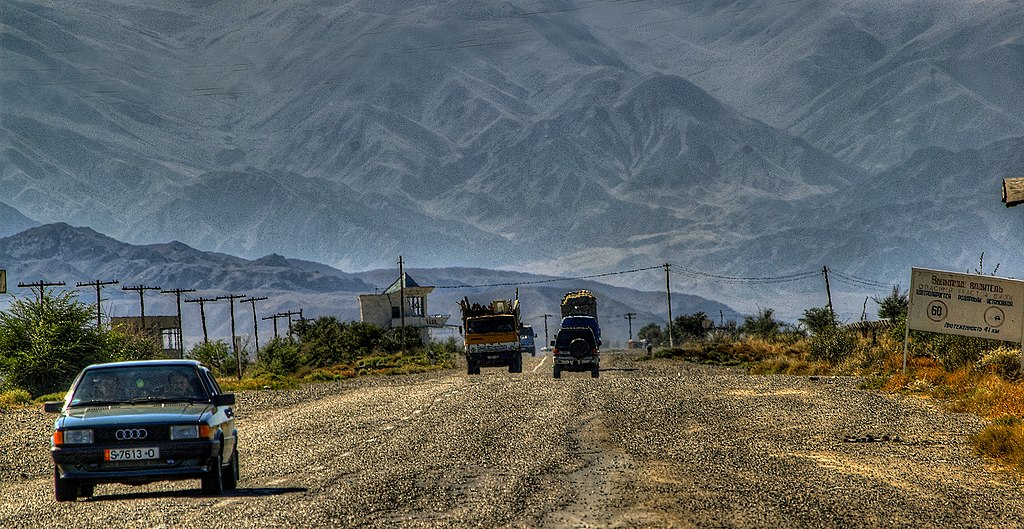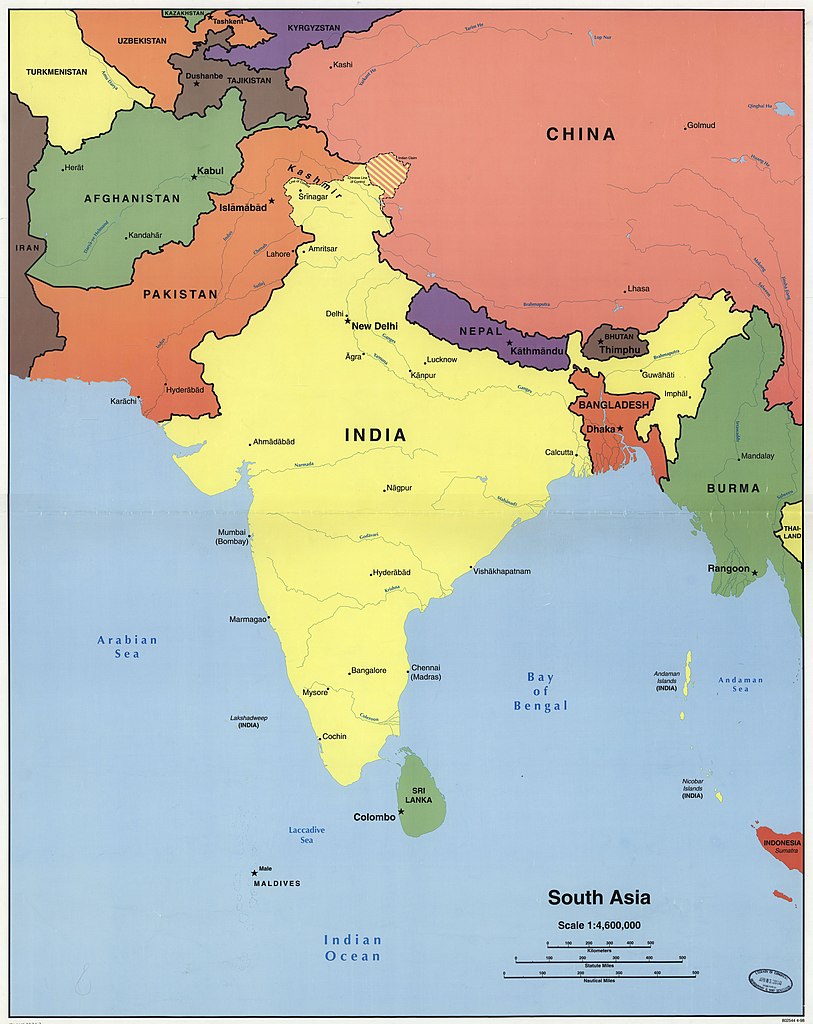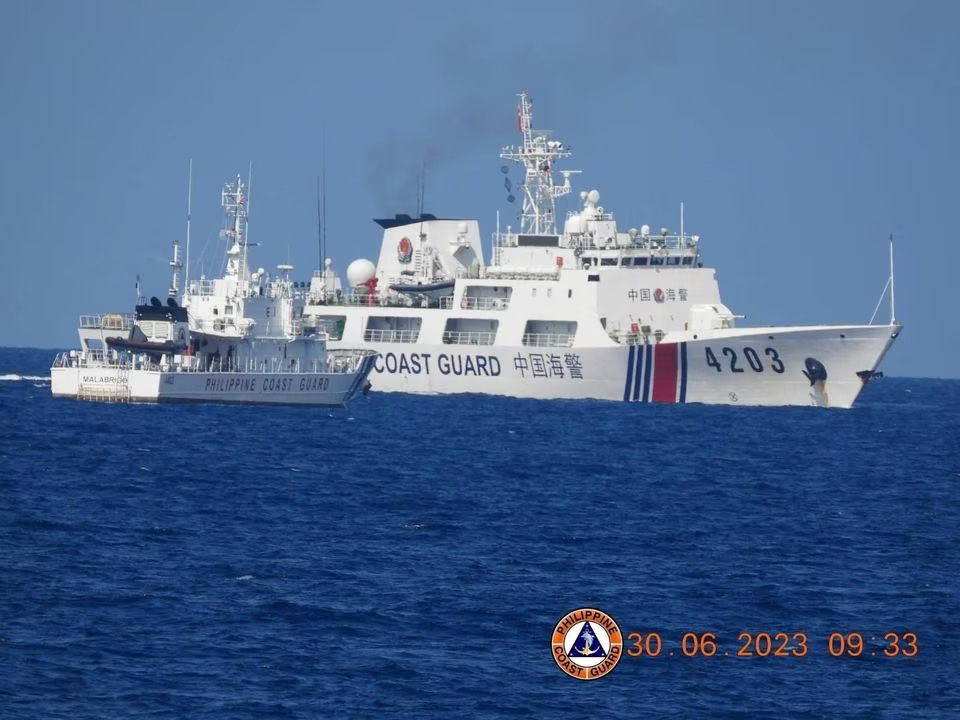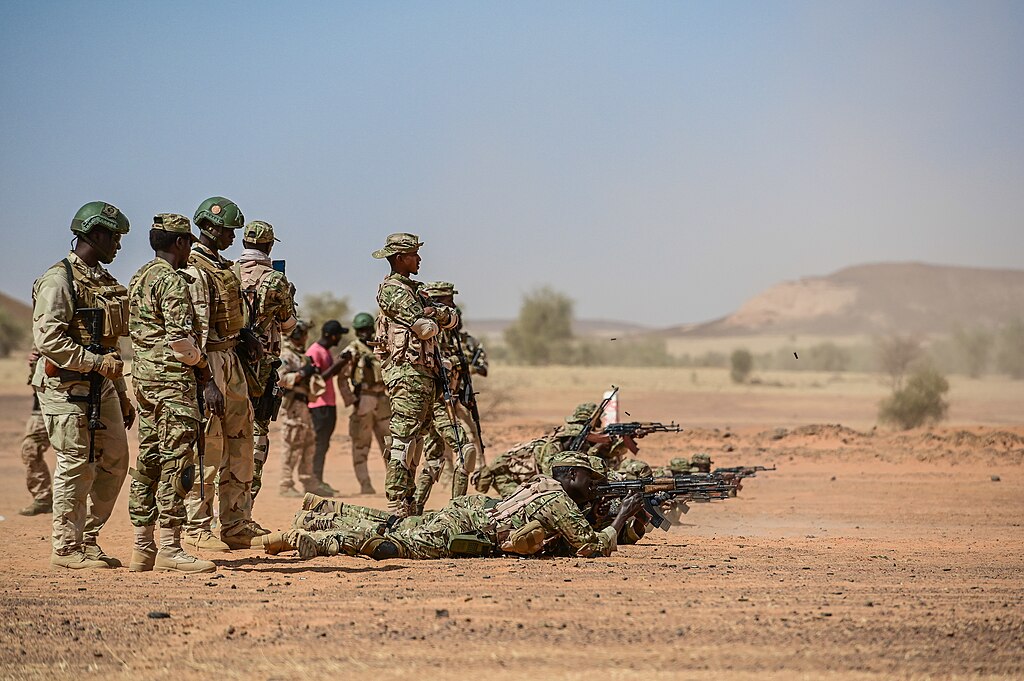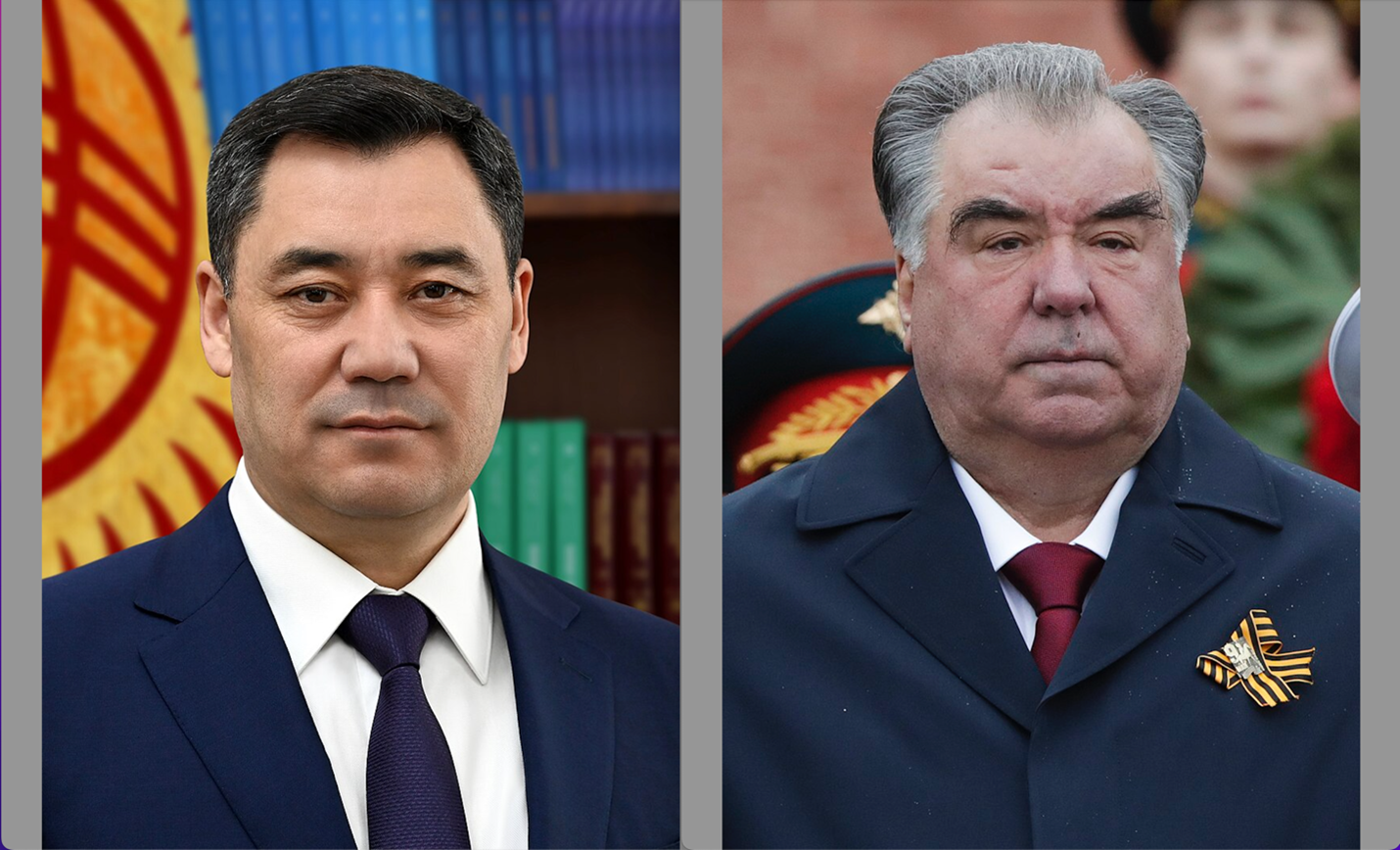
Abolhassan Firouzabadi, secretary of Iran’s Supreme Council of Cyberspace, poses in 2018.
“Surveys show that about 64 percent of [Iranian] users use VPNs.”
While Iran has long sought to constrain internet access and limit the information ordinary Iranians can access, Iranians’ use of virtual private networks (VPNs) to bypass restrictions and regime censorship is flagrantly increasing. According to the excerpted article from Iran’s main financial newspaper Donya-e Eqtesad, almost two-thirds of Iranians now use a VPN. Among those affiliated with universities and scientific institutions, that number increases to more than 90 percent, suggesting that rhetoric about indigenous scientific prowess and a national intranet aside, Iranian researchers find no substitute for the information they gather from abroad.[i] It also suggests that Iranians do not accept the government’s previous efforts to greenlight specific VPNs.[ii] Iranians grumble that the regime’s efforts to filter and censor the internet is rendering free VPNs worthless and is driving up the cost of paid services that must constantly augment their products to stay ahead of regime censorship attempts.[iii] Notably, the article also reveals that the amount Iranians spend on VPNs exceeds the combined revenue of the top two Iranian cell phone companies. Open discussion about nominally illegal technologies in Iran reflects the widespread rejection of regime precepts by the broader Iranian population.[iv] Such a widespread embrace of VPNs by both the general population and the educated elites suggests that Iranians are primed for change. While the government’s monopoly of force can perpetuate internet restrictions regardless of popular will, the desperation by Iranians to escape the Islamic Republic’s ideological bubble indicates that it would be naïve to accept regime claims of popular legitimacy.
Sources:
“بازار سیاه ویپیان”(Black Market VPN),” Donya-e Eqtesad (Iranian financial newspaper, 13 February 2024. https://donya-e-eqtesad.com/بخش-بازار-دیجیتال-19/4045965-بازار-سیاه-وی-پی-ان
…. The number of users who buy VPNs is constantly increasing. Meanwhile, studies show that the price of filter breakers is getting more expensive by the day, and the volatility of the black market is also the result of inflation. People are forced to pay exorbitant prices for their natural right, i.e. free access to the Internet, to the extent that according to some statistics, in the past year, the annual gross for filter breakers reached 300 trillion rials [$7.14 billion]… greater than the revenue of the country’s two largest mobile providers.
In July-August this year, the Majlis Industry Commission published a report on the state of the Internet, in which it presented interesting statistics about the extent of people’s use of VPNs. According to this report, credible surveys show that about 64 percent of users use VPNs, and anonymous bandwidth share on the international network was less than five percent last year but now stands at 25 percent. During the presentation of the report of the Majlis’ Industries and Mines Commission, Gholamreza Nouri Ghezeljeh, the head of the independent faction in the Majlis [parliament] pointed to the statistics of 64 percent of people using filter breakers and said that some scientific centers reported up to 96 percent of the use of such workarounds to filters in scientific centers…. The frequent blocking of free VPNs has forced users to buy paid VPNs. Marzieh Adham, a communications scientist and cyberspace activist, told Donya-ye Eqtesad, “The reason for the price of VPNs is that the VPNs that are designed are constantly blocked and need to be recreated and made available to users.”
Notes:
[i] For an earlier discussion of Iranian efforts to create a national intranet, see: Michael Rubin, “Iran: Progress on National Intranet,” OE Watch, July 2019. https://community.apan.org/wg/tradoc-g2/fmso/m/oe-watch-articles-singular-format/312355
[ii] For an earlier discussion of Iranian efforts to create state-sanctioned VPNs, see: Michael Rubin, “Iran Established Official VPN Operators,” OE Watch, December 2019. https://community.apan.org/wg/tradoc-g2/fmso/m/oe-watch-articles-2-singular-format/345959
[iii] For broader discussion of Iranian efforts to censor the internet, see: Michael Rubin, “Evolution of Iranian Surveillance Strategies Toward the Internet and Social Media,” The Institute for Policy, Advocacy, and Governance, December 2019. https://www.aei.org/articles/evolution-of-iranian-surveillance-strategies-toward-the-internet-and-social-media/
[iv] The current VPN battle parallels the efforts by ordinary Iranians to access satellite television in the 1990s. Iranians openly put satellite receivers on the roofs of their houses and apartment buildings. When efforts to bribe officials to look the other way failed, Iranians illegally imported ever-smaller satellite receivers they acquired in Dubai or Istanbul that they could better hide. After decades, the government effectively acknowledged defeat and stopped meaningful efforts to prevent Iranians from watching television programming from the outside world.
Image Information:
Image: Abolhassan Firouzabadi, secretary of Iran’s Supreme Council of Cyberspace, poses in 2018.
Source: https://www.atnanews.ir/wp-content/uploads/2018/04/bazdid-fazaye-majazi-ertebatat-8.jpg
Attribution: Allameh Tabataba’i News Agency


